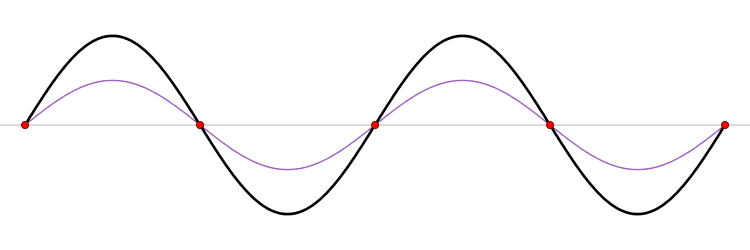- Messages
- 195
- Reaction score
- 495
- Points
- 73
Thats easy.Remember for destructive interference(i.e minima in this case) phase difference is 180 degress or pi radians.Can you also explain b (i) please?
For constructive(i.e maxima) phase difference is 0 or 360 degrees or 0 or 2pi radians.

